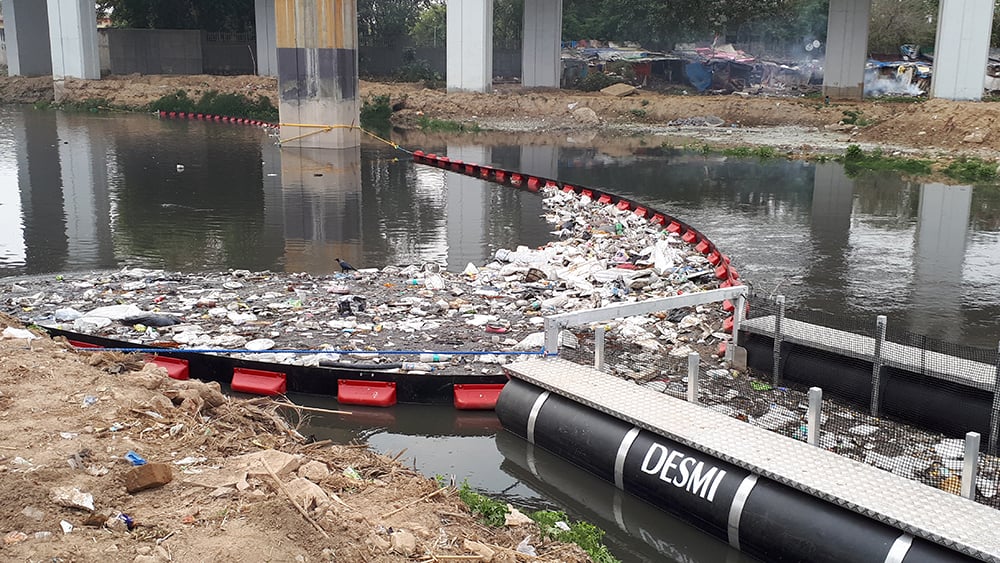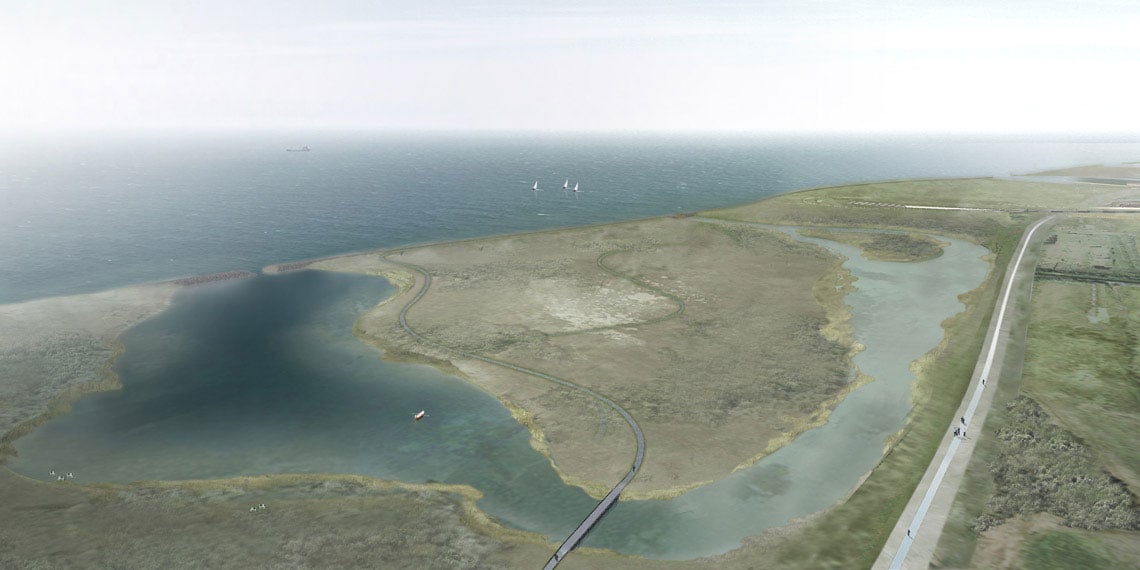News
Climate change adaptation
Flood prevention
Nature based solutions
+2
3 examples of holistic urban solutions: a water & climate adaptation perspective


Creating liveable cities means taking a holistic approach to urban development. Doing so enables the development of smart, urban solutions that not only make cities sustainable, but also healthy, safe and attractive places to live in.
Danish cities, companies, consultants and utilities have a longstanding tradition in implementing urban development projects that have been conceived through holistic planning where concern for the environment, people and businesses go hand in hand.
In May 2017, a broad range of Danish organisations united to create a knowledge hub for Danish city solutions – State of Green CITIES. Each month we will bring you a perspective from one of the members on how they work and contribute to holistic urban development in Denmark and around the world.
This month the innovation network Water in Urban Areas provides you with 3 examples of holistic urban solutions that water and climate adaption companies contribute to.
The purpose of Water in Urban Areas is to develop, document and present climate adaptation technologies and associated planning tools for transformation of existing urban areas in Denmark.
Climate Adaptation Spurs Urban Development in the City of Middelfart
The city of Middelfart considers climate adaptation to be both the main driving force behind and an important source of funding for furthering urban development. Thus, the aim of what is known as ‘The Climate City’ project is to devise new and innovative ways of incorporating climate adaptation into urban development.
This is achieved through taking a multifunctional design perspective and engaging in dialogue when designing urban spaces and structures. The project solutions aim to manage rainwater on the ground as a supplement to pipes underground making rainwater a visible urban element.
The objective of ‘The Climate City’ project is that innovative solutions and the principles behind these will become a source of inspiration for the work ahead in integrating urban development and climate adaptation – both nationally and internationally.
Sluice system at Aarhus River Reduces the Risk of Flooding
The City of Aarhus has established a sluice at the mouth of the city's river, Aarhus Å. The sluice protects central parts of Aarhus against flooding. The construction serves two purposes. Firstly, four sluice gates will protect the city against intruding seawater during high sea levels, and, secondly, six powerful pumps will pump water away from the river and into the sea during cloudbursts.
The sluice can pump as much as 18,000 liters of water per second from the river and out into the sea. In order to provide further protection for the low-lying parts of the city during high water levels, the two streets, Havnegade and Europaplads, as well as the area around the sluice itself, have been raised. The construction costs are total EUR 6.2 million. A traditional solution, with underground retention basins to retain the water, would have cost ten times this amount.
New, Permeable Road Surfacing in Frederiksberg Instead of Expensive Drain Pipes
In 2011, the greater Copenhagen area was hit by a massive cloudburst event. Helenevej, a small cul-de-sac to the larger Bülowsvej road in Frederiksberg Municipality, was flooded. Today, the road has new climate-friendly road surfacing designed to absorb large amounts of water.
The asphalt on Helenevej has now been removed and replaced by special paving slabs, joints and a drainage layer that absorbs surface water into the road surface.
The new road surface on Helenevej is an example of how co-financing schemes, which were utilized in this project can pave the way for climate change adaptation solutions that are a collaboration between citizens, the municipality and utilities.
The conversion to permeable surfacing has cost EUR 123, 486 whereas a traditional solution such as an expansion of the sewer system would have cost EUR 469,789.
-Source: Water in Urban Areas, DI Miljø
About State of Green CITIES
The members of State of Green CITIES represent different Danish competencies within holistic urban solutions. The members include State of Green, Confederation of Danish Industry, Danish Energy Association, Danish Association of Architectural Firms, FRI (the Danish Association of Consulting Engineers), DI Energy, DI Byg, DI Digital, DI Miljø og DI Transport.
You should consider reading
publications
Resource efficient production
+15















